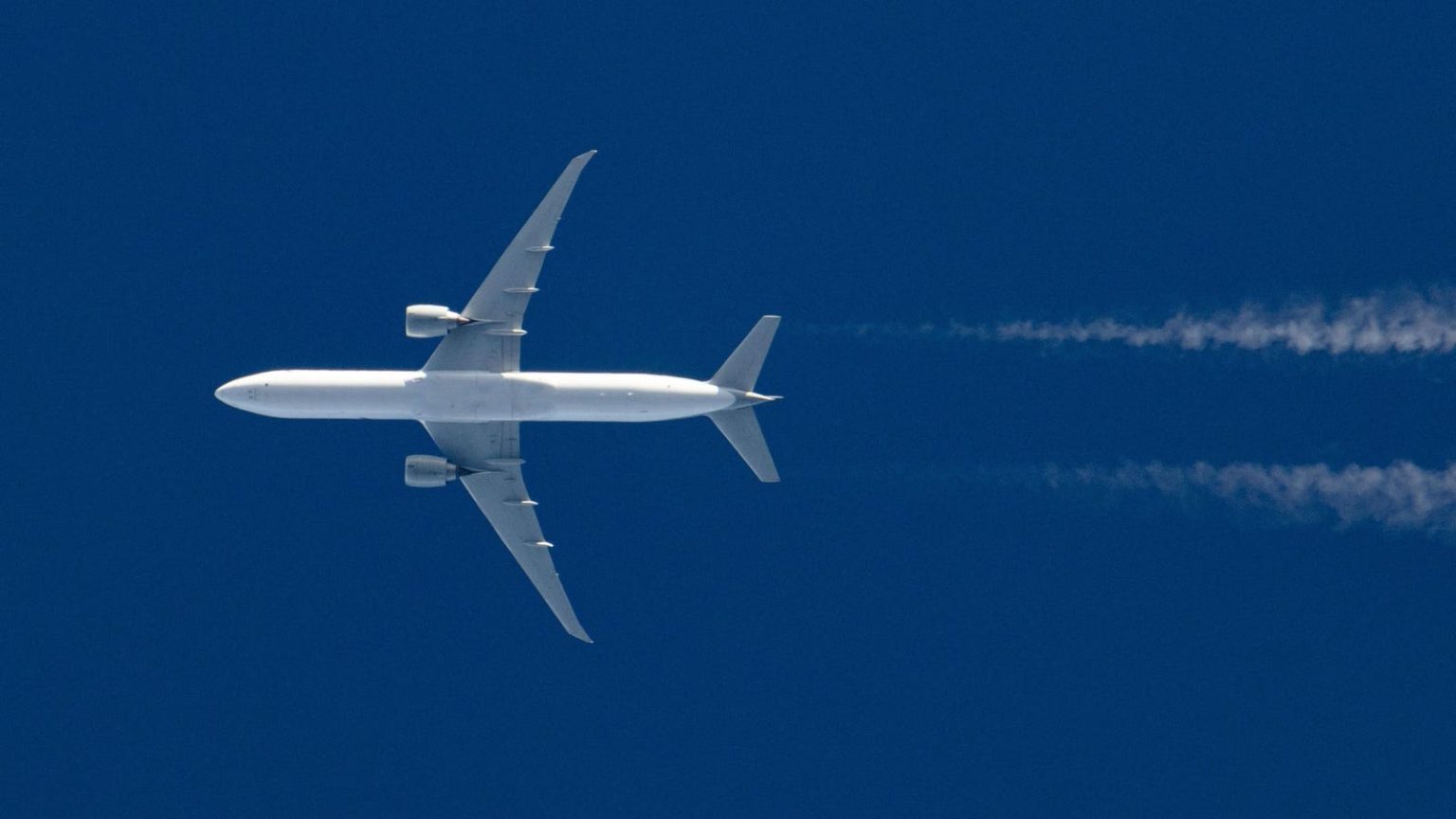The recent incident involving a Singapore Airlines flight has brought new attention to the hazards of turbulence while flying. While turbulence has always been a concern for pilots, this tragedy has raised concerns among passengers about the safety of air travel. Despite the increasing global air passenger traffic, death and serious injury from turbulence are rare, with only 163 reported cases between 2009 and 2022. However, researchers have found that climate change is making turbulence more frequent and severe, particularly clear air turbulence, which has increased by 50% between 1979 and 2020.
There are three general types of turbulence – boundary layer, mountain wave, and clear air turbulence, with clear air turbulence being the most hazardous for pilots, crew, and passengers. Boundary layer turbulence is caused by the interaction of a fluid with a solid boundary like the ground and can affect takeoff and landing at terminals. Mountain wave turbulence is caused by wind blowing over mountains or hills, while clear air turbulence occurs in cloudless air between altitudes of 20,000 and 49,000 feet, creating high-altitude bumpiness without significant cloud cover. Detecting turbulence, especially clear air turbulence, is challenging, but advancements in forecasting, observation, and communication have made it easier for pilots to avoid hazardous conditions.
Technological advances, increased observations, and sophisticated weather models have led to more accurate forecasting of turbulence before takeoff, allowing pilots to plan routes accordingly and minimize the impact of turbulence. The integration of high-resolution turbulence data into flight management and planning systems enables pilots to receive real-time weather updates during flights, helping them make informed decisions and navigate safely through potentially turbulent conditions. While the aviation industry has made significant progress in adapting to weather risk technology, experts believe there is still room for improvement in better communication between ground crews, air navigation service providers, and aircraft.
Experts recommend that passengers and crew always keep their seatbelts fastened when not moving around the cabin or when the fasten seatbelt sign is on, as turbulent conditions can arise unexpectedly during flights. Improved connectivity between the ground and air systems can enhance situational awareness and provide pilots with real-time weather information to better prepare for potential turbulence. By integrating alerting systems into flight planning and following tools, pilots can receive early warnings about weather risks and make informed decisions to ensure the safety of passengers and crew during flights. Despite the tragic incident involving the Singapore Airlines flight, advancements in weather forecasting and technological integration are helping to improve the safety of air travel in turbulent conditions.













